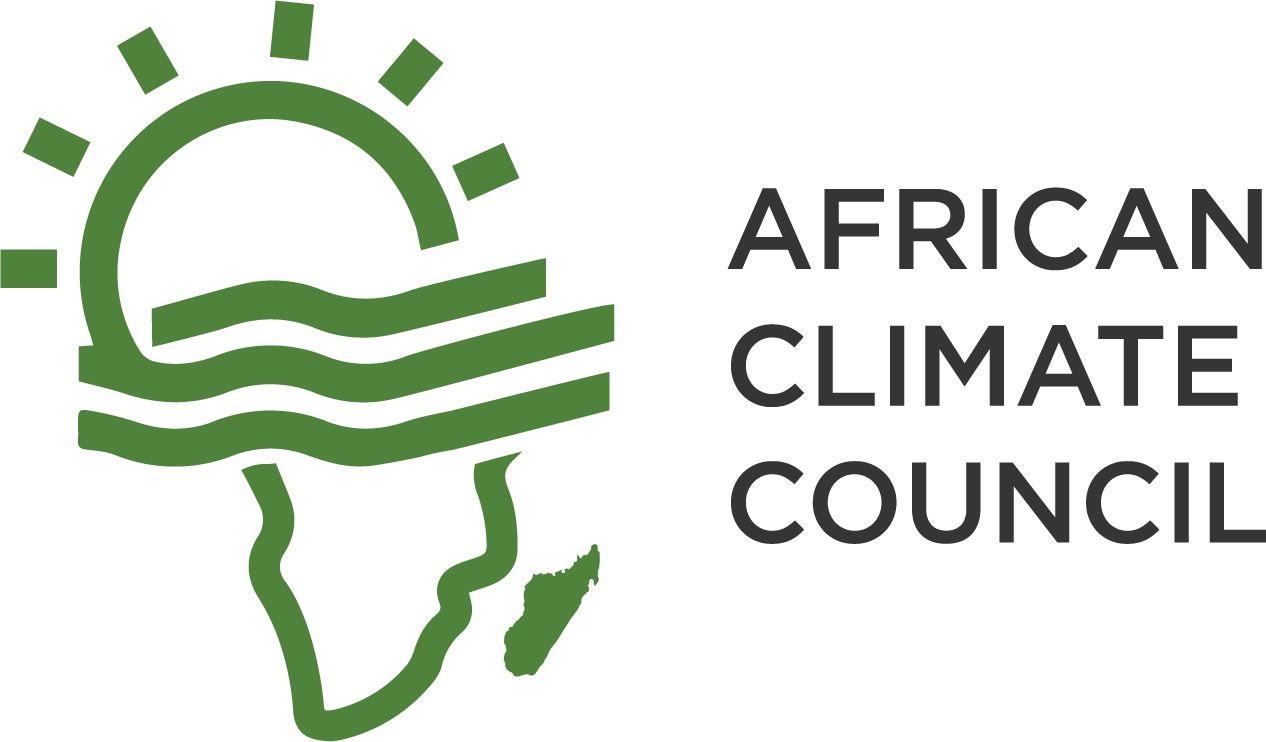
Let’s face it: Climate adaptation in Africa is a disaster, and it is nearly impossible for most nations to survive preceding climate change calamities. With the lack of consistent climate funding, countries have to borrow to fix the damage they never caused.
As the COP29 Azerbaijan Summit approaches, African negotiators have to take a stand on how to solve the climate finance gap in Africa. True to that, African nations have no historical ties to causing the current global climate crisis but are taking the heavy load financially and ecologically.
According to the AFDB, Africa requires $1.3 trillion and $1.6 trillion to revert climate change effects by 2030. The Global Center for Adaptation adds that the continent needs nearly $52.7 billion annually, which could rise to $106 billion due to funding loopholes.
By 2022, only $4.6 billion of the climate finance has been received. Moreover, 64.5% of the funding is loans, further increasing Africa’s debt burden.
The IMF and World Bank have so far financed $8.33 billion, based on the 2022 climate action. However, $5.4 billion is a loan with low interest rates or extended repayment terms. Nonetheless, they are in addition to an already worse external debt situation.
Amidst this climate funding crisis, the UN recognizes that developed nations are responsible for funding vulnerable regions like Africa. Instead, the Western powers and global financial institutions benefit at the expense of Africa.
This loophole should be tabled and solved at the COP29 Summit. It will help ease Africa’s debt burden and finally bring about climate justice.


Add a Comment